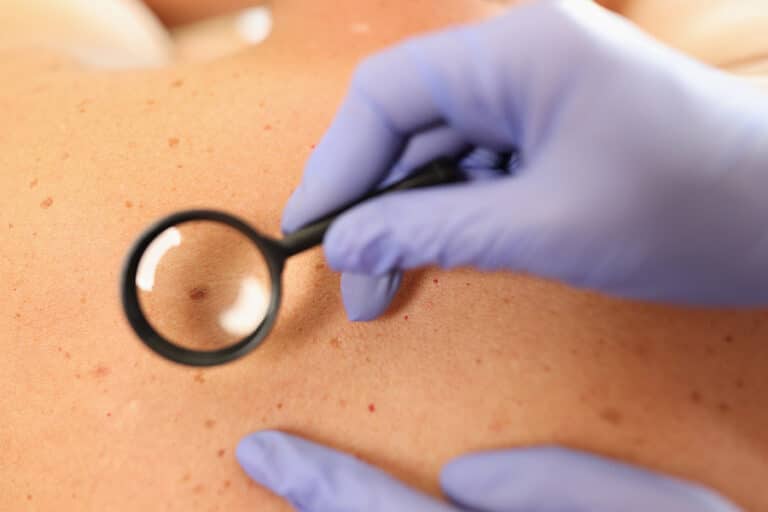Did you know that more than 40% of the new melanomas diagnosed each year belong to seniors that are over the age of 70? Melanoma is something that seniors know more about. Melanoma is a type of skin cancer. Only about 1% of all skin cancers are melanomas. But, melanomas are the most serious type of skin cancer.
Early diagnosis of a melanoma can significantly increase the chance of survival. That’s one of the reasons why seniors and their families need to know the warning signs of melanoma. Catching those warning signs and getting checked out early means a greater chance of successful treatment. The most common warning signs of melanoma seniors should look for are:
New Growths Or Moles
Anytime seniors experience new skin growths or moles it’s a cause for concern. Seniors who have home care should ask a home care provider to look for new moles, skin tags, or growths on their back or the back of their necks periodically. Melanomas can pop up anywhere on the body. In most cases new growths or moles are probably harmless, but seniors should track them anyway. If they change color or size then seniors should see a doctor right away.
Changes In Existing Skin Growths
Seniors who have had existing skin tags, moles, or growths for a long time without any changes should be concerned if those growths suddenly change. Melanomas that suddenly change color and get darker in appearance should be checked by a doctor. So should growths that seem to change in shape or size. Seniors can check to see if a growth is growing by making a small line around the outer edge of the growth. Then wait to see if it grows past that line.
Use The ABCDE Method
The ABCDE method is the most thorough method for checking skin growths. Seniors who are concerned about melanoma should remember these ABCDEs:
- A stands for asymmetrical shape. If moles have an asymmetrical shape or start changing shape it’s time to make a doctor’s appointment.
- B stands for irregular border. Moles having irregular, notched or scalloped borders could be melanomas.
- C stands for changes in color. Any mole or growth that changes color should be immediately seen by a doctor.
- D stands for diameter. Look for new growth in a mole larger than 1/4 inch and if there is any new growth make a doctor’s appointment.
- E stands for evolving. Moles or growths that change color, start to itch, or start to bleed need to be examined by a doctor.
How To Lower The Risk Of Melanoma
The best thing that seniors can do to lower their risk of developing melanoma is to protect their skin from the sun. Exposure to UV rays significantly increases the risk of getting melanomas. Seniors should wear sunscreen daily. And they should wear a hat and long sleeves if they are going to be outside for a long time.
If you or an aging loved-one are considering home care in Charlotte, NC please contact the caring staff at Affordable Family Care. Serving Raleigh, Greensboro, and the surrounding areas in North Carolina. Call today 919-676-1070.
Source 1 / Source 2 / Source 3 /Source 4 / Source 5 / Source 6







